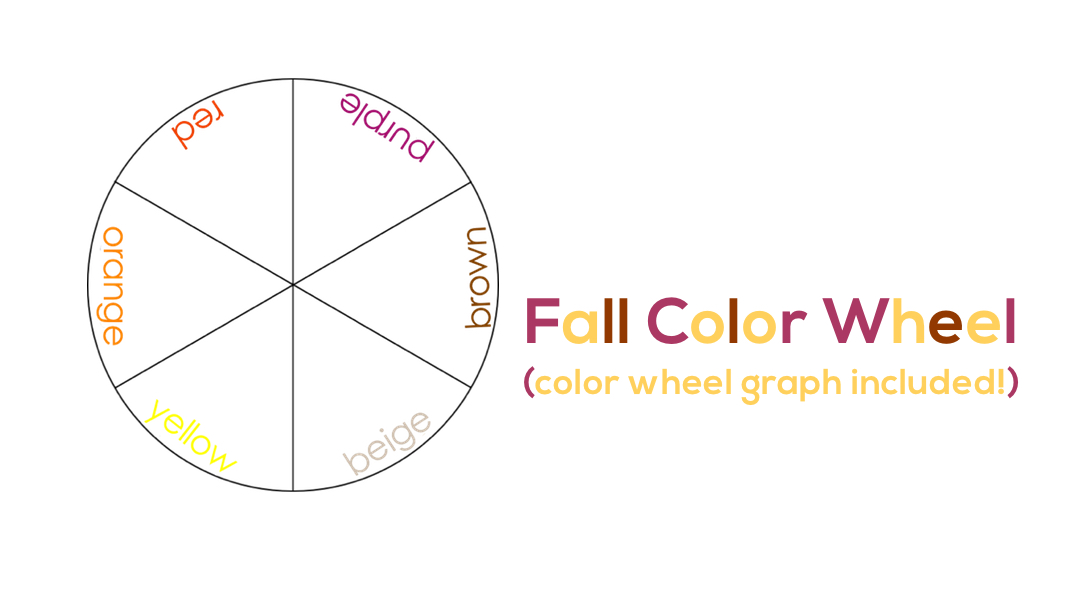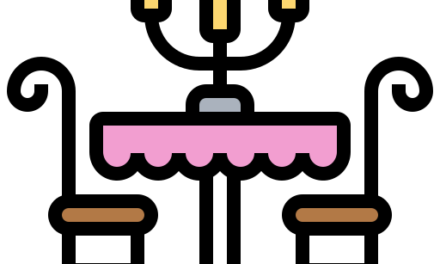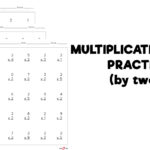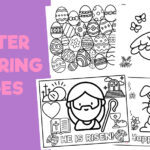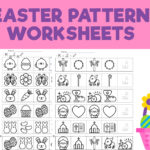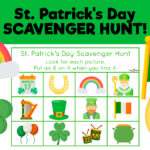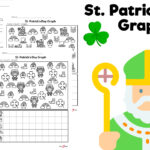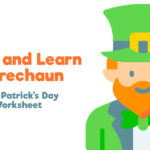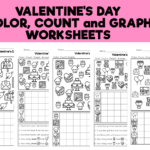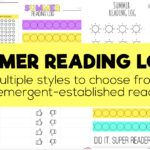Overview: This activity is great for use as a learning center. It was designed to accompany the book We're Going on a Leaf Hunt by Steve Metzger, so leaves first need to be collected. If you are short on time, provide a small paper bag for students to collect their leaves during recess. Once leaves are gathered, students will sort their leaves by color using the Fall Color Wheel. A Fall Color Wheel Graph and follow-up questions are provided for students to interpret their results.
Recommended Grade Level(s): Pre-K, Kindergarten, First
Objective(s): Students will...
- Sort leaves according to color.
- Complete a graph to show how many leaves were found of each color.
- Answer questions about their graph to identify which color had more, less, the same number of leaves.
TIme Allotment: 20-40 mintues depending on the number of worksheets to complete
Materials:
- leaves of various colors
- one copy (per student) of the following worksheets:
Possible Modifications/Accommodations:
For students who have difficulty sorting the leaves, provide only 2-3 leaves of 2-3 colors so that they do not get overwhelmed. It may also be helpful to choose colors that are near one another on the graph, to make graphing easier too.
For students who may have difficulty tracking on the graph, fill in numbers for each block on the graph so that the student can more easily shade the number of leaves on the graph. Folding the graph in half can make the task more manageable as would providing just a few leaves to be graphed.
Possible Extensions:
Provide paper clips, linking cubes, or rulers for students to measure the length of two or more leaves to see which ones were long, short, the same.
Provide a balance for students to measure which color group weighed more.
Common Core Alignment:
Classify objects and count the number of objects in each category.
CCSS.MATH.CONTENT.K.MD.B.3
Classify objects into given categories; count the numbers of objects in each category and sort the categories by count.1
CCSS.MATH.CONTENT.K.MD.A.2
Directly compare two objects with a measurable attribute in common, to see which object has "more of"/"less of" the attribute, and describe the difference. For example, directly compare the heights of two children and describe one child as taller/shorter.

